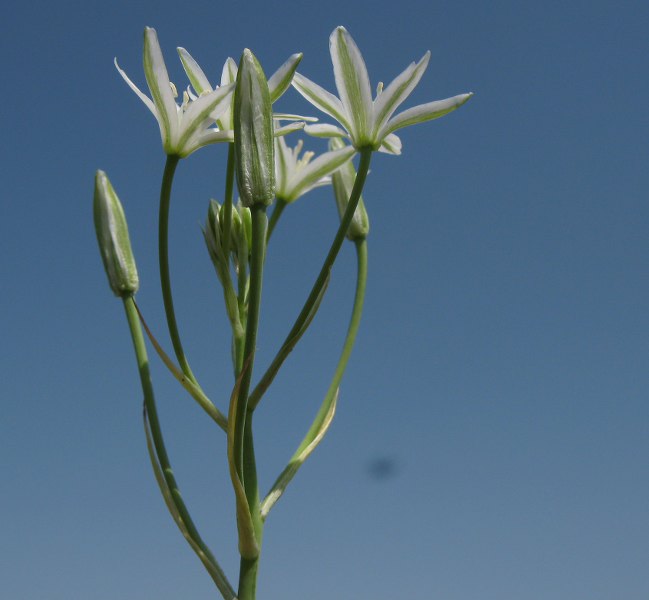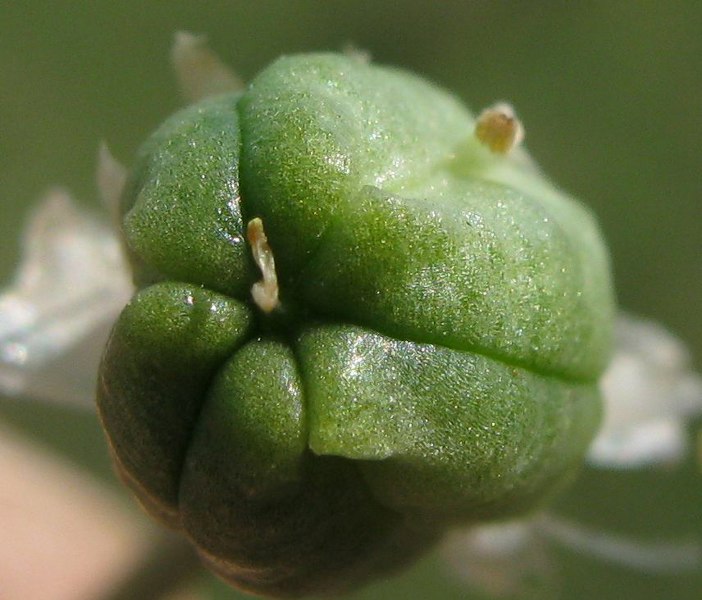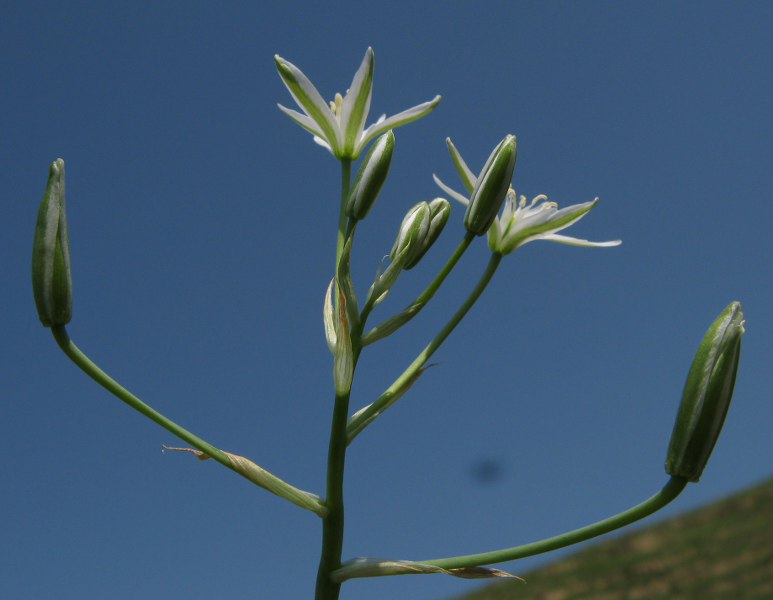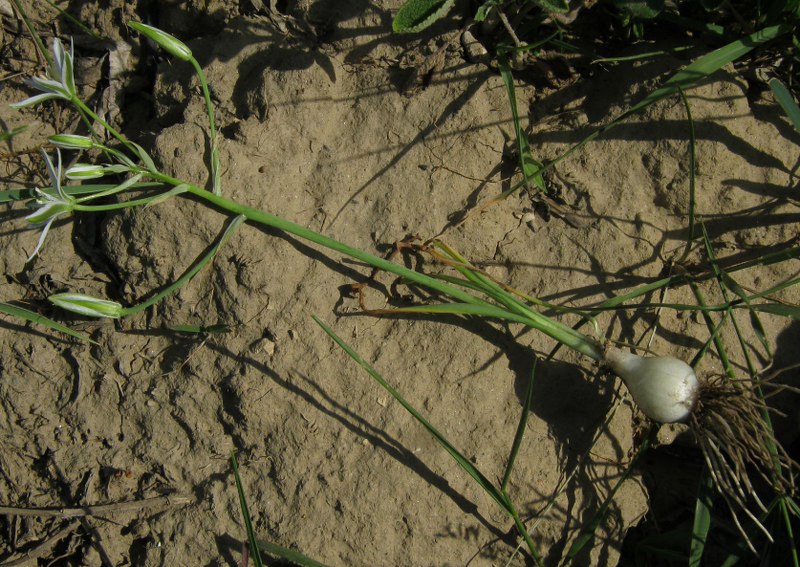home flora of romania endangered species of transylvania endangered habitats of transylvania
Ornithogalum orthophyllum Ten ssp. psammophilum (Zahar.) Zahar.
|
Nowadays this narrow endemic species is known from some locations in the steppe from eastern Baragan Plain and western border of Dobrudja in the xeric vegetation on the fluvial terraces above Ialomita river and Danube (according to Sarbu, Stefan and Oprea, 2013). It is however not necessary associated to fluvial sands as the taxon name suggests but mostly to loess steppe vegetation as you cand see in the photographs below.The main character is the ovary and capsule configuration (the six lobes are fat, rounded and equally distanced while in the widespread species Ornithogalum orthophyllum ssp. kochii they are narrow, quite sharp and obviously two grouped). This is a very good and clear character which can be seen in some photographs below. In our opinion also the leaves are quite different and deserve some attention in further studies. The taxa is so well differentiated that it probably deserves the elevation to the rank of an independent species. On the steep front of the fluvial terrace of Ialomita river, above and south from the western border of Gambasani village, Ialomita county, 26th of April 2012. The population was located on loess and kastanozems, not on sands, dr. Alexandru Badarau, alexandru@transsilvanica.net
A second population of the same subspecies to the west of the first one in the previous images is located on alluvial soils at the basal part the front of the fluvial terrace. dr. Alexandru Badarau, alexandru@transsilvanica.net
|






























































